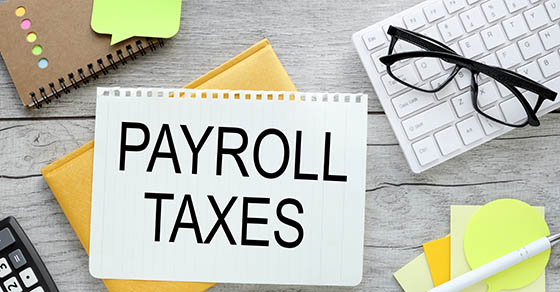Determining “reasonable compensation” is a critical issue for owners of C corporations and S corporations. If the IRS believes an owner’s compensation is unreasonably high or low, it may disallow certain deductions or reclassify payments, potentially leading to penalties, back taxes and interest. But by proactively following certain steps, owners can help ensure their compensation is seen as reasonable and deductible.
Different considerations for C and S corporations
C corporation owners often take large salaries because they’re tax-deductible business expenses, which reduce the corporation’s taxable income. So, by paying themselves higher salaries, C corporation owners can lower corporate taxes. But if a salary is excessive compared to the work performed, the IRS may reclassify some of it as nondeductible dividends, resulting in higher taxes.
On the other hand, S corporation owners often take small salaries and larger distributions. That’s because S corporation profits flow through to the owners’ personal tax returns, and distributions aren’t subject to payroll taxes. So, by minimizing salary and maximizing distributions, S corporation owners aim to reduce payroll taxes. But if the IRS determines a salary is unreasonably low, it may reclassify some distributions as wages and impose back payroll taxes and penalties.
The IRS closely watches both strategies because they can be used to avoid taxes. That’s why it’s critical for C corporation and S corporation owners to set compensation that reflects fair market value for their work.
What the IRS looks for
The IRS defines reasonable compensation as “the amount that would ordinarily be paid for like services by like enterprises under like circumstances.” Essentially, the IRS wants to see that what you pay yourself is in line with what you’d pay someone else doing the same job.
Factors the IRS examines include:
- Duties and responsibilities,
- Training and experience,
- Time and effort devoted to the business,
- Comparable salaries for similar positions in the same industry and region, and
- Gross and net income of the business.
Owners should regularly review these factors to ensure they can defend their pay levels if challenged.
How to establish reasonable compensation
Several steps should be taken to establish reasonable compensation:
1. Conduct market research. Start by gathering data on what other companies pay for similar roles. Salary surveys, industry reports and reputable online compensation databases (such as the U.S. Bureau of Labor Statistics) can provide valuable benchmarks.
Document your findings and keep them on file. This shows that your compensation decisions were informed by objective data, not personal preference.
2. Keep detailed job descriptions. A well-written job description detailing your duties and responsibilities helps justify your salary. Outline the roles you perform, such as CEO-level strategic leadership, day-to-day operations management and specialized technical work. The more hats you wear, the stronger the case for higher compensation.
3. Maintain formal records. Hold regular board meetings and formally approve compensation decisions in the minutes. This adds an important layer of corporate governance and shows the IRS that compensation was reviewed and approved through an appropriate process.
4. Document annual reviews. Perform an annual compensation review. Adjust your salary to reflect changes in the business’s profitability, your workload or industry trends. Keep records of these reviews and the rationale behind any changes.
Strengthen your position
Determining reasonable compensation isn’t a one-time task — it’s an ongoing process. We can help you benchmark your pay, draft necessary documentation and stay compliant with tax law. This not only strengthens your position against IRS scrutiny but also supports your broader business strategy.
If you’d like guidance on setting or reviewing your compensation, contact us.











